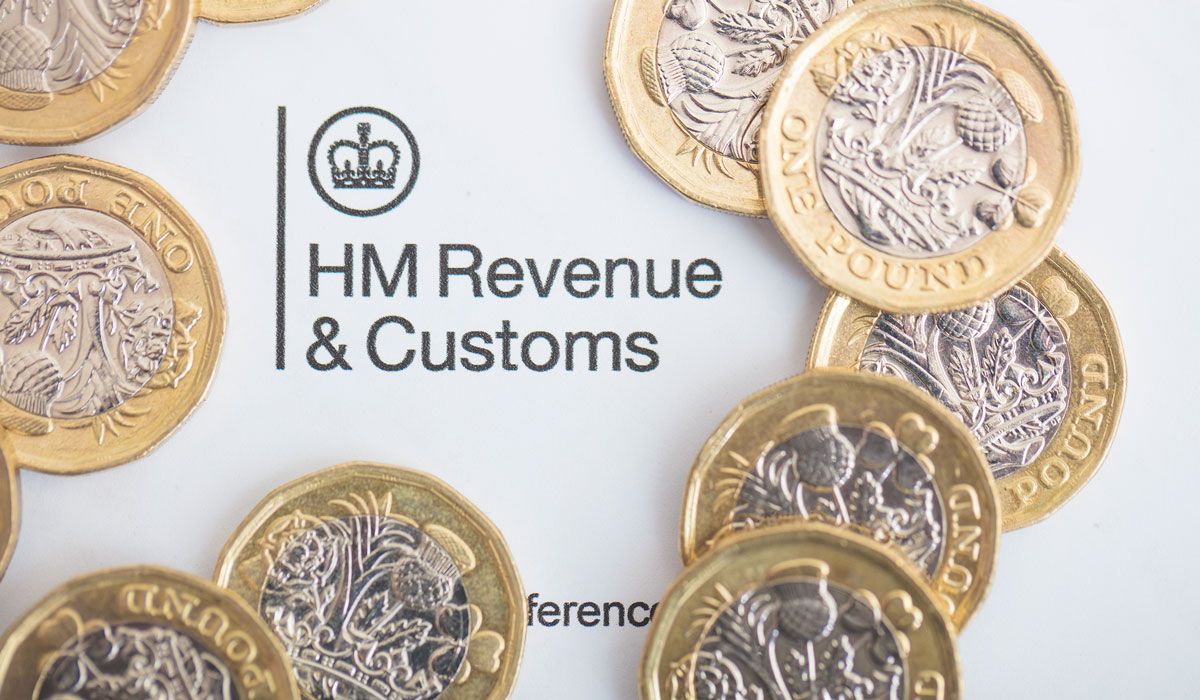In the run-up to the 2017 autumn budget, many feared Chancellor Philip Hammond might withdraw some, or even all, of the benefits of the Enterprise Investment Scheme (EIS).
HM Treasury had completed its Patient Capital Review – an assessment of the financial system supporting growing, innovative firms – and made no secret of its frustration with some EIS funds felt to be complying with the letter, but not the spirit, of the scheme.
Knowledge intensive companies
The status quo at the time was that qualifying companies could raise up to £12 million equity capital under EIS rules (£5 million in any one year).
These limits were left unchanged for many companies but from April 2018, “knowledge intensive companies” (KICs) - a new definition - would have their EIS investment limit increased to £20 million (£10 million in any one year).
To be a KIC, research and development (R&D) or innovation costs must exceed 15% of operating costs in one of the last three years; or 10% in all of the last three years. Alternatively, intellectual property must be created; or 20% of employees must have a relevant masters or higher degree and be engaged in R&D or innovation1.
Kostas Manolis, partner and head of unquoted investments at Downing, a fund manager, says that longer-runway, capital-intensive businesses, such as life sciences, will be helped most by these changes. Clinical trials, involved with drug discovery or medical devices, demand a lot of capital and time, so moving the lifetime EIS investment limit from £12 million to £20 million is very beneficial.
Higher-risk
EIS was always intended for higher-risk, early stage investments. HM Treasury changed the rules a number of times to exclude “asset-backed” businesses such as hotels or care-homes, where most of the investment was used to purchase property, not run a business.
A principles based approach has now been introduced, based on a “risk-to-capital condition”. Companies must have objectives to grow and develop over the long term.
Kostas thinks some “collateral damage” is inevitable. He cites an example of a new pub business raising £3 million, where between £1 million and £2 million would be used to purchase a property and the balance to invest in operations. “This would have been fine under the previous rules but there is no certainty that it would be approved now. HMRC could perceive that the property serves as protection to investors and is considered capital preservation. But it would actually be a genuine growth opportunity. We are going to have to go through a period of trial and error to understand what the boundaries are with HMRC.”
More capital
Kostas believes the increase in investor limit from £1 million to £2 million will inevitably means more capital comes into EIS qualifying early stage businesses that will benefit both fund managers and entrepreneurs.
1 Summary only, refer to HMRC for full details and restrictions (www.gov.uk/guidance/use-the-enterprise-investment-scheme-eis-to-raise-money-for-research-development-or-innovation).
Please note this is unlikely to be the first option for raising finance as there will be conditions attached by the fund managers to any agreement reached, which by their nature will be more onerous than those attached by a mainstream lender. Please be aware that these schemes are only suitable for sophisticated investors willing to take a high risk with their capital as there is a risk an investor may lose some or all of their capital if the company invested in fails.




